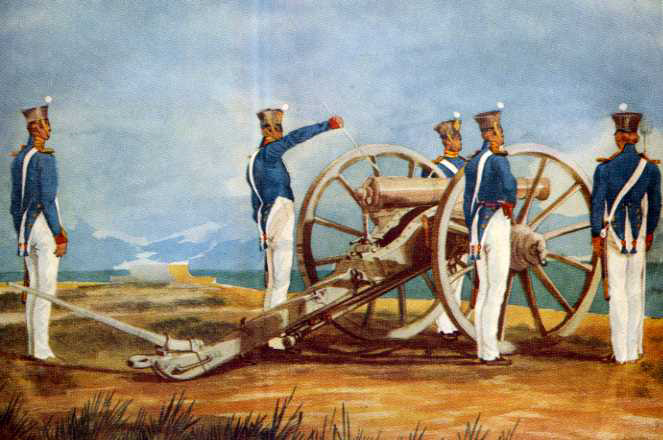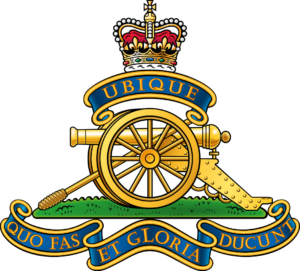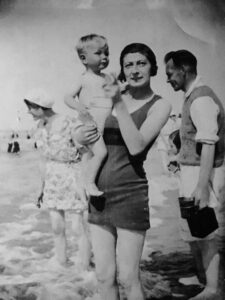William enlisted into the Royal Regiment of Artillery on 24 July 1830 at Woolwich in London when aged 19 years and two months. He served as a ‘gunner and driver’ for the first half of his career, first with the 3rd Battalion and later with the 8th, 4th, and 6th Battalions.
The role of the gunner was to operate the cannons, while drivers manoeuvred the gun carriages and ammunition wagons. They were also responsible for caring for the horses assigned to them, ensuring they were well-fed, watered, and healthy for pulling the heavy artillery.
William used this experience to become a shoeing smith and farrier from July 1841. As a specialist in hoof care, William’s tasks would have included the trimming and balancing of a horse’s hoof and fitting shoes. He coupled a subset of the blacksmith’s skills (fabricating, adapting, and adjusting metal shoes) with a subset of veterinary medicine (knowledge of the anatomy and physiology of the lower limb) to address the care of the horse’s feet. This was an important role in a horse-drawn army.
William was discharged from the army in October 1851, after 21 years and 84 days of service – none of which had been spent abroad (given that Ireland was then part of the United Kingdom) – and with the rank of Farrier. He was classed as being ‘unfit for further service due to chronic rheumatism and debility’. His discharge papers state:
His conduct has been exemplary. His name appears once in the Regimental Defaulters Book for a minor offence for which he was punished by order of the commanding officer. He is in possession of good conduct pay and badges.
His medical report stated:
He has been exposed to sudden changes of heat and cold in performing his duty as farrier and whilst on service in Ireland, in the year 1849, during much rain, he got a severe wetting, which was followed by an attack of rheumatism. He has pains in his shoulders in damp weather, and finds himself unable to perform his duty with efficiency. Disability caused by his military services. After careful examination I am of the opinion that William Copes is unfit for service, and likely to be permanently disqualified for military duty, but able to contribute something towards his livelihood.
At the time of his discharge William was almost 41 years old and described as 5 feet 11 inches tall with dark brown hair and hazel eyes.
Units
- 3rd Battalion, Royal Artillery (1830-1837)
- 8th Battalion, Royal Artillery (1837-1840)
- 4th Battalion, Royal Artillery (1840-1841)
- 6th Battalion, Royal Artillery (1841)
- 7th Battalion, Royal Artillery (1841-1848)
- 8th Battalion, Royal Artillery (1848-1851)



